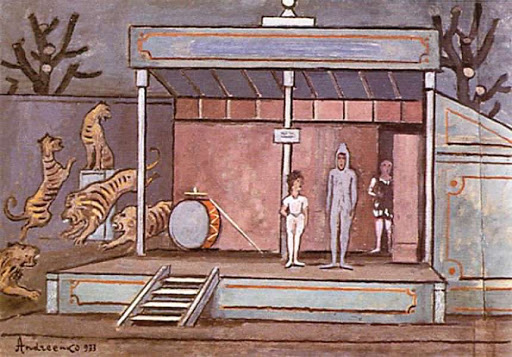
1894 - 1982
Mykhailo Andriienko-Nechytailo
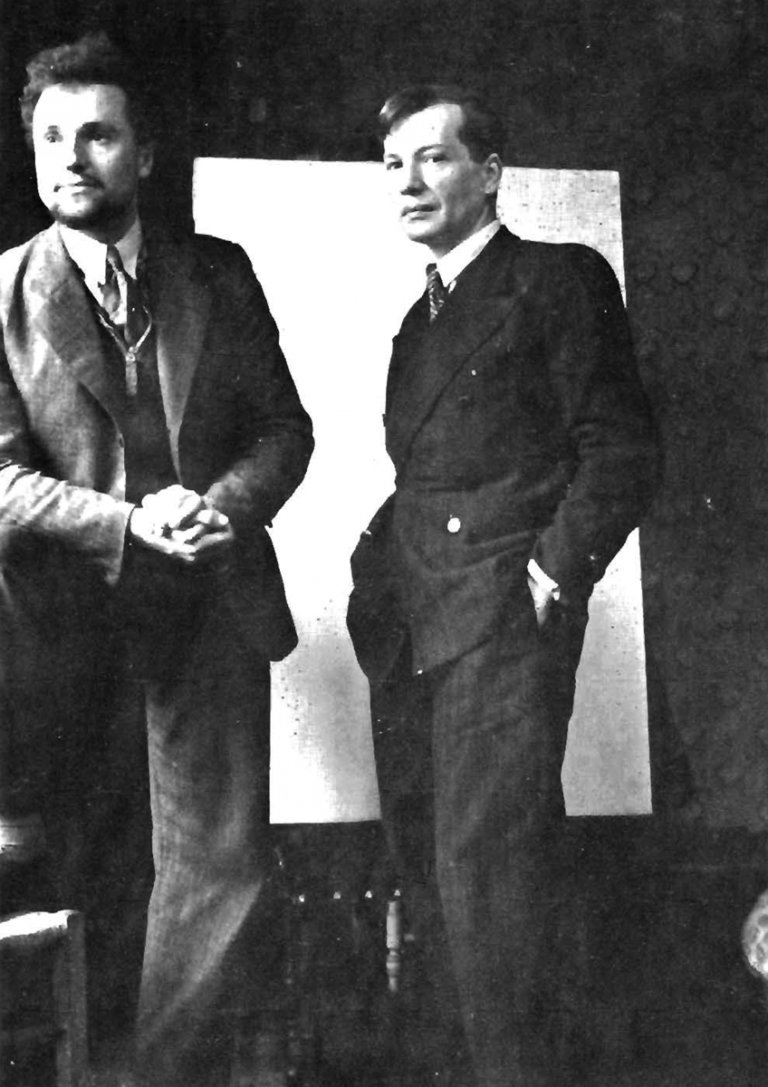
description
Mykhailo Fedorovich Andriienko-Nechytaylo was a Ukrainian artist and avant-garde stage designer. The central part of his artistic career was in France, where he was a representative of the Paris School of Fine Arts.
Together with Kovzhun and Musyka, he organized the Association of Ukrainian Artists and helped young fellow artists who immigrated to France. Five paintings by Andrienko-Nechitailo, which appeared in the Lviv Art Museum, where the exhibitions of this association were held, were destroyed in 1952 as “formalist” and “without value”.
Along with Alexander Arkhipenko, Mykhailo Andriienko managed to mirror the various directions of avant-garde painting of the 20th century in his multifaceted work. His solo exhibitions, except for a few in Paris, were successfully held in Rome, Berlin, Geneva, Amsterdam, and Chicago.
A series of works by Mykhailo Andriienko in the style of neo-realism under the general title “Disappearing Paris” is of historical value as an art document of the capital of France.
In the field of theatrical scenery, the works of Andriienko-Nechytailo occupy one of the first places in contemporary European art. The master proposed not only a great art form but also introduced a new understanding of the stage space in the chamber theater.
Andriienko was a man of high culture and a multi-talented person. He fruitfully worked as an art critic and writer. Specialists characterize his stories and psychological novels as examples of highly artistic prose. His critical articles on art and aesthetic observations were published in the emigrant magazines Renaissance, New Life, and in the Munich Ukrainian journal “Suchasnist”.
Being in the center of European cultural life, Andrienko luckily avoided imitations, having developed an original creative manner. The Ukrainian artist was one of the outstanding masters of the fine art of the XX century. His paintings and graphic works are in museums in Paris, New York, London, Rome, at the National Museum in Lviv (Ukraine), in numerous private collections.
Key ideas:
– Mykhailo Andriienko-Nechytailo went through several periods of creativity, paying tribute to various styles and directions. Starting with the landscapes that he exhibited at the Kherson Society of Fine Arts Lovers at the age of 16, he turned to symbolism under the influence of his Petersburg teachers N. Roerich, I. Bilibin, A. Rylov and other representatives of the “World of Art”. However, this was not his way.
– His paintings in the style of cubism were successfully presented at an exhibition at the Artistic Bureau of N. Dobychina in St. Petersburg. There, avant-garde art was enthusiastically supported when it was still severely criticized. The creations of M. Andrienko of this period are marked by the refinement of lines, the special elegance of colour solutions and stylizations.
– The atmosphere of the French capital, where M. Andrienko went in 1923, encouraged experimentation. The artist’s main style of painting of this period is special, cubo-constructivist. At the same time, his works are characterized by the accuracy of the composition, which makes harmonic unity with colour solutions.
– In the 1930s, Mykhailo Andriienko created a series of paintings with a noticeable surrealistic orientation of symbolic elements. Plots included musical instruments, sea shells, branches and stumps of trees in combination with fragments of architecture.
– According to Andriienko, “the manner of abstract thinking has never been alien to art. Music and architecture have an abstract essence, and abstract forms manifest themselves among all peoples in decorative art, sculpture and painting”. Therefore, even in the figurative landscapes of Venice, Verona and Bruges, which the artist brought, starting in 1959, from his travels around Europe, he remained a constructivist. It is important that the master found a reproduction of constructivist relations in the architectural ensembles of cities and did not adapt to the style.
– In the post-war period, Andriienko created many abstract compositions with rhythmic plasticity; in the late 1950s, he returned to constructivist constructions in painting and began to use “non-artistic” materials in paintings: clay, sand and wires.
– Andriienko-Nechytailo created the scenery first in the Miklashevsky Theater (Odessa), then in the Royal Theater of Bucharest, in theaters of Prague, and later for productions of Diaghilev and in numerous theaters in France. They are distinguished by laconicism and architectural schematics. His costume designs have become some highly appreciated works of art.
1894
1912
1914
1917
1918
1920
1923
1925
1931
1934
1945
1958
1964
1974
1978
1982
The birth of the artist
Attended the school of the Society for the Promotion of Arts
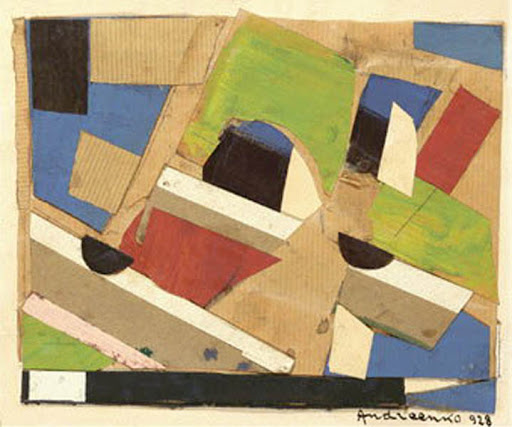
Exhibited his early symbolic works at "Artistic Bureau"
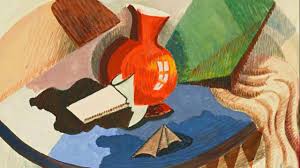
He worked in St. Petersburg
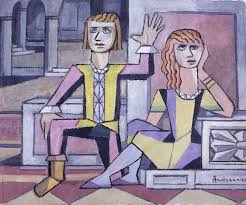
Mykhailo worked as an artist at the Odessa Chamber Theater
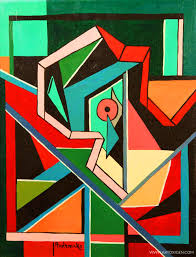
In Bucharest, he designed the set for the ballet opera “Millions of Harlequin”

Moved to Paris
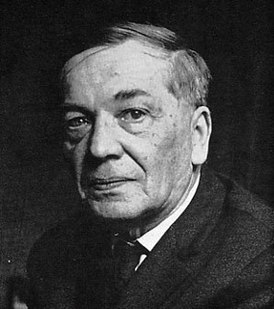
Became a participant in the exhibition "33 Russian artists"

Showed his works at a group exhibition at Girchman gallery

Created a series of cards "Ukrainian types"

“In Honor of the Victory”

He returned to constructivist constructions in painting

The solo exhibition

The exhibitions

The exhibition "Scenography and Russian Avant-Garde"

The death

Mykhailo Andriienko-Nechytailo
On Artist
flow
Constructivism
Surrealism
Abstractionism
friends
Alexandra Exter
Sonia Delaunay
artists
Nicholas Roerich
Ivan Bilibin
Arkady Rylov
Alexander Arkhipenko
By Artist
flow
Abstractionism
friends
Sergey Sharshun
artists
Alexey Grishchenko
Clement Redko
Nikolay Glushchenko
Vasil Khmelyuk
